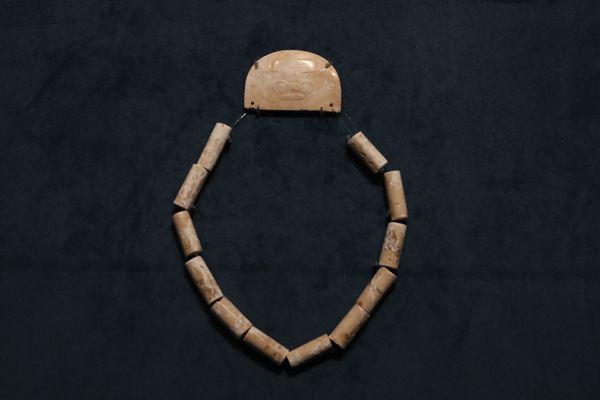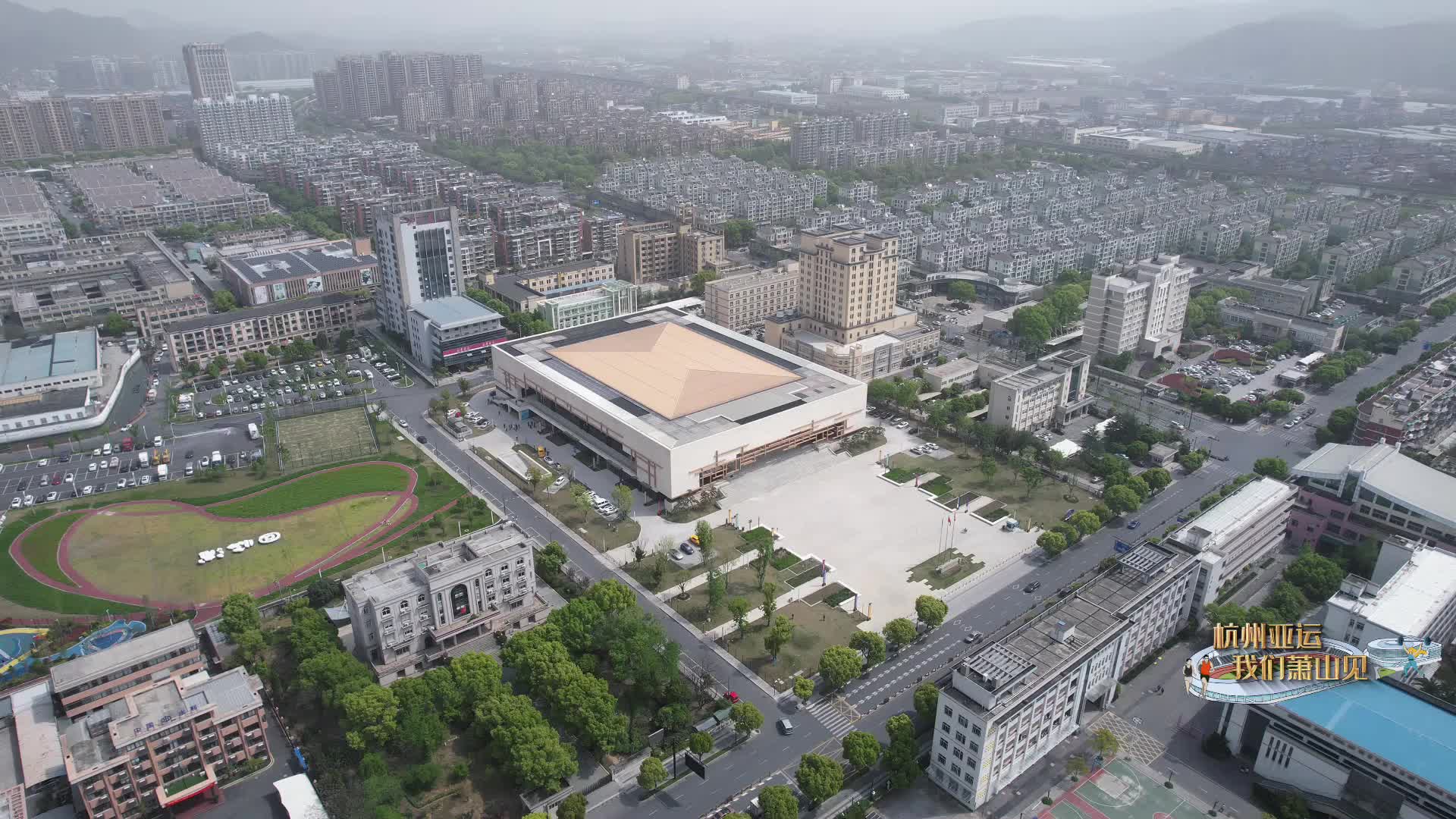Milestones of millennia

Jade huang, a thread of tubes.[Jiang Dong/China Daily]
Systematic use
Liangzhu Culture was first noticed by archaeologists in 1936, when some examples of Neolithic black pottery were unearthed in Liangzhu, a town in Hangzhou. Its highly-developed systematic use of jade was discovered over the following decades.
More than 1,000 sites related to Liangzhu Culture have been unearthed in Zhejiang, Jiangsu provinces, and in Shanghai around Taihu Lake, according to Liu Bin, director of the Zhejiang Provincial Institute of Cultural Relics and Archaeology.
The remains of ancient Liangzhu city is the largest complex of all these sites. Its inner section covers 2.8 square kilometers, roughly five times the area of the Forbidden City. Its outer section is spread across 6.3 sq km. The sophisticated burial grounds and a complex water-conservancy system also suggest that the city was a capital of an ancient regional state, Liu says.
The emblem, a human-shaped deity riding on an animal, is a ubiquitous motif on the jade pieces made during the Liangzhu era.
"Worship of this deity never stopped in its 1,000-year history," Liu says. "The supreme ruler of Liangzhu was no longer a tribal leader. He was the king and honored as the incarnation of god."
Cong, a jade item that forms a tube with a circular inner section and a square outer section, is the most typical among items of Liangzhu Culture. Its unconventional shape made Emperor Qianlong think it was used as a decoration on poles carrying palanquins.
While contemporary archaeologists generally believe cong were used for religious rituals, their specific use remains a mystery. One theory suggests it was used during sacrifice rituals, while another explanation might indicate it was merely a burial object.
-
Foreign teacher, Hangzhou students capture picturesque countryside
August 9, 2023
-
Hangzhou Asian Games launch 50-day-to-go campaign
August 4, 2023
-
Hangzhou achieves 6.9% GDP growth in H1 2023
July 27, 2023



